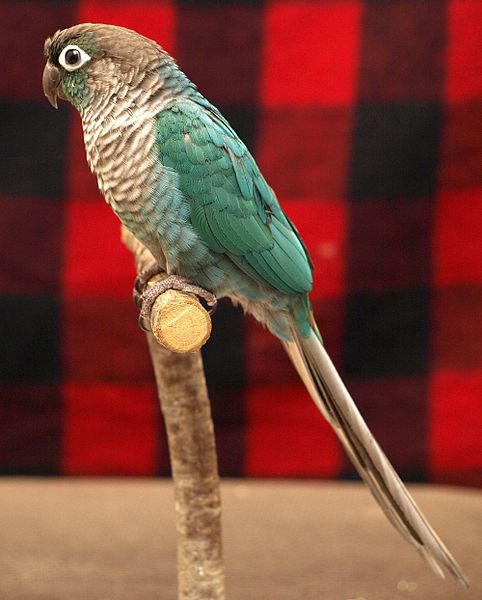 Photos of the Tawny Frogmouth (Podargus strigoides), with its huge yellow eyes, gaping mouth, “expressive face” (an impression given by the feathery “eyebrows”) and owl-like plumage, have captivated me since childhood. For years, I stalked Whip-poor-wills, Nighthawks and other of its relatives that dwelled in the USA. Actual contact with a Frogmouth was delayed, however, until I began working at the Bronx Zoo. But it was worth the wait, and I soon came to spend many days and nights cramming food into the capricious maws of hungry Frogmouth chicks…as much to my delight as theirs!
Photos of the Tawny Frogmouth (Podargus strigoides), with its huge yellow eyes, gaping mouth, “expressive face” (an impression given by the feathery “eyebrows”) and owl-like plumage, have captivated me since childhood. For years, I stalked Whip-poor-wills, Nighthawks and other of its relatives that dwelled in the USA. Actual contact with a Frogmouth was delayed, however, until I began working at the Bronx Zoo. But it was worth the wait, and I soon came to spend many days and nights cramming food into the capricious maws of hungry Frogmouth chicks…as much to my delight as theirs!
Classification
Although superficially resembling an owl in plumage, silent flight mode and nocturnal ways, the Tawny Frogmouth is classified in the order Caprimulgiformes. Numbered among this group’s 118 members is the cave-dwelling Oilbird, the only bird known to navigate via echo-location.
Tawny Frogmouths are placed in the family Podargidae, along with 14 relatives. Three Tawny Frogmouth subspecies – the largest being 3x the size of the smallest – have been described. Other species include the Papuan Frogmouth, of the Cape York Peninsula and New Guinea, and the Marbled Frogmouth, a rainforest dweller found in northern Queensland and New Guinea. Read More »
 That Bird Blog – Bird Care and History for Pet Birds
That Bird Blog – Bird Care and History for Pet Birds



